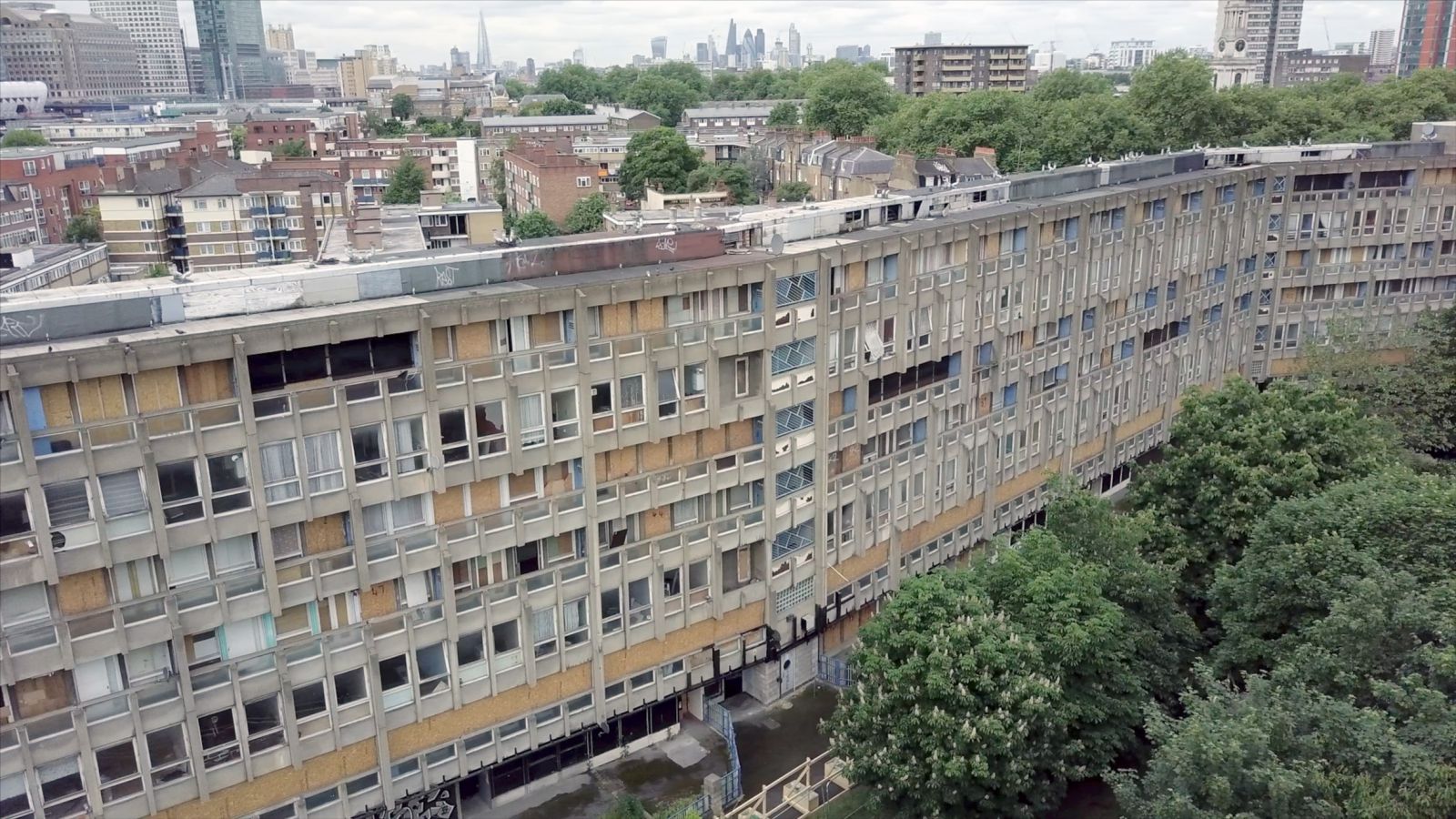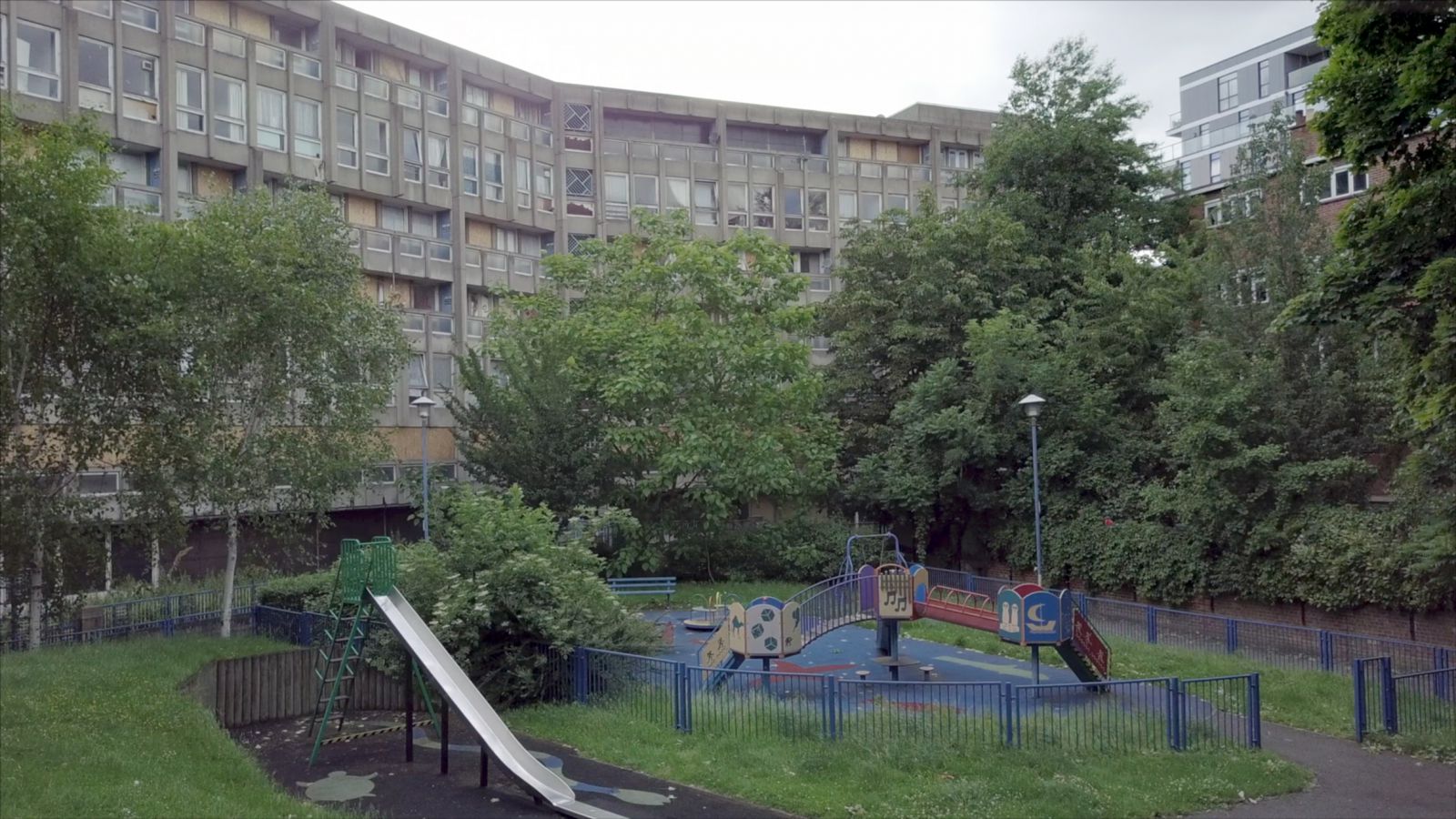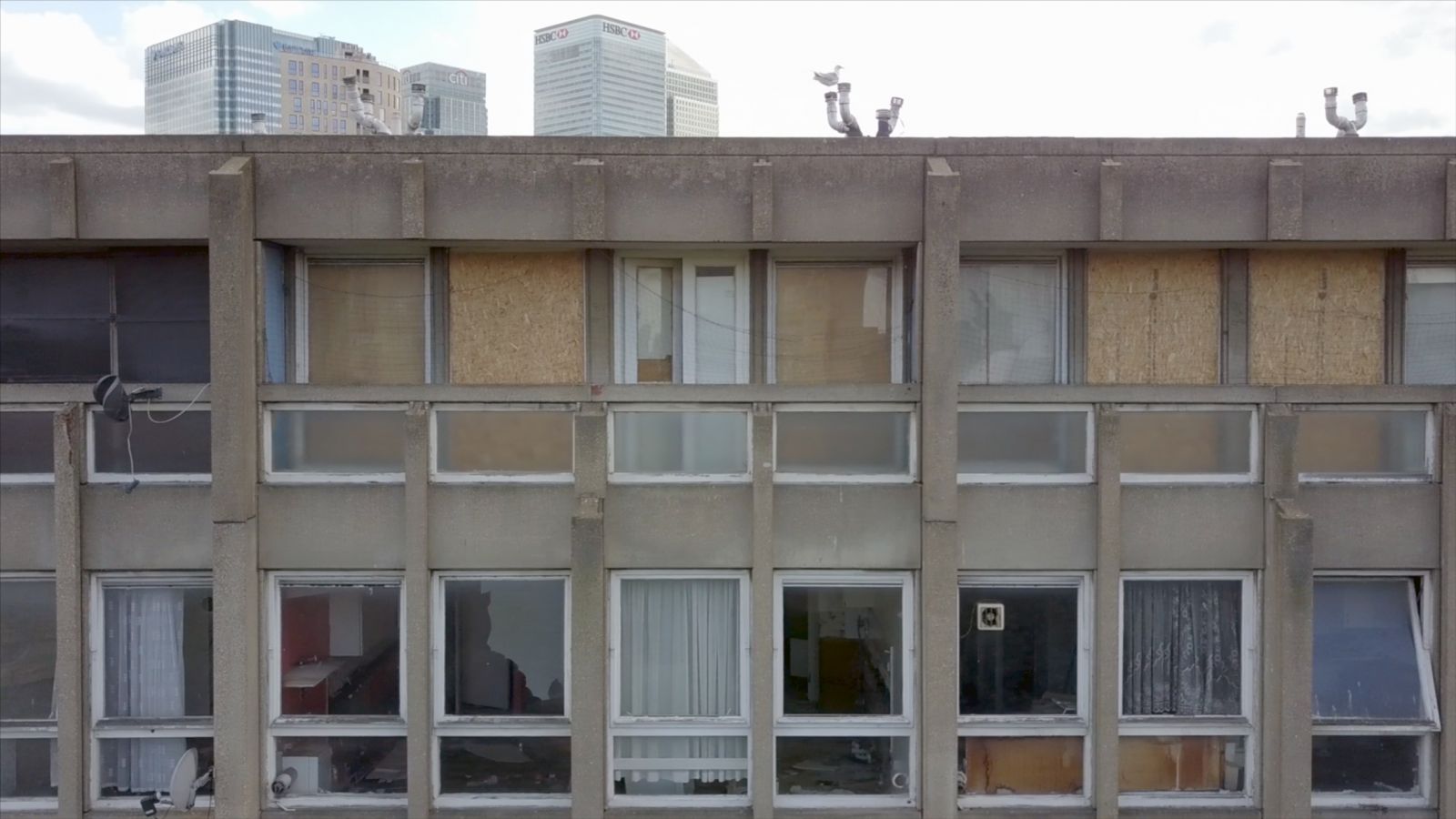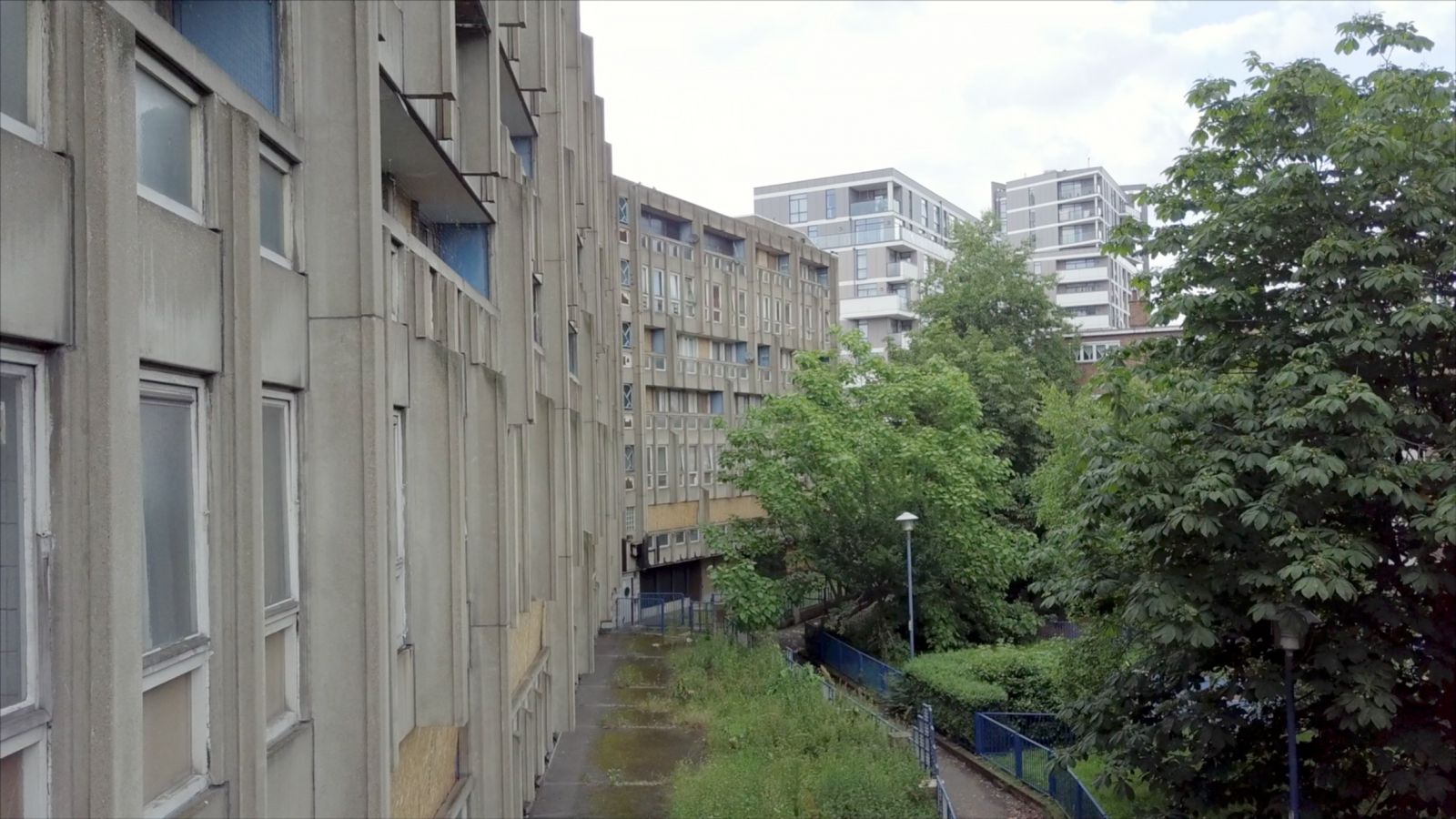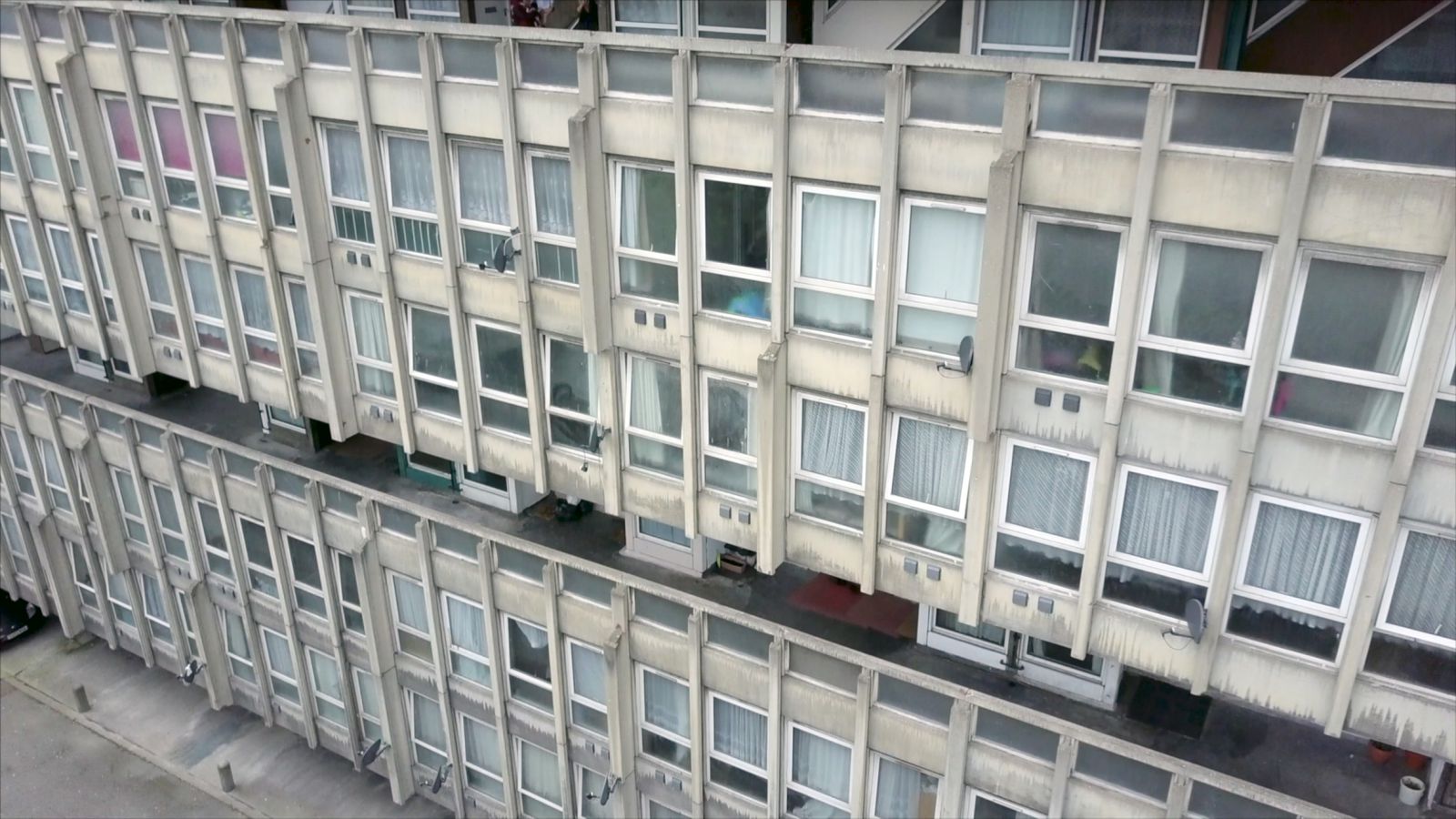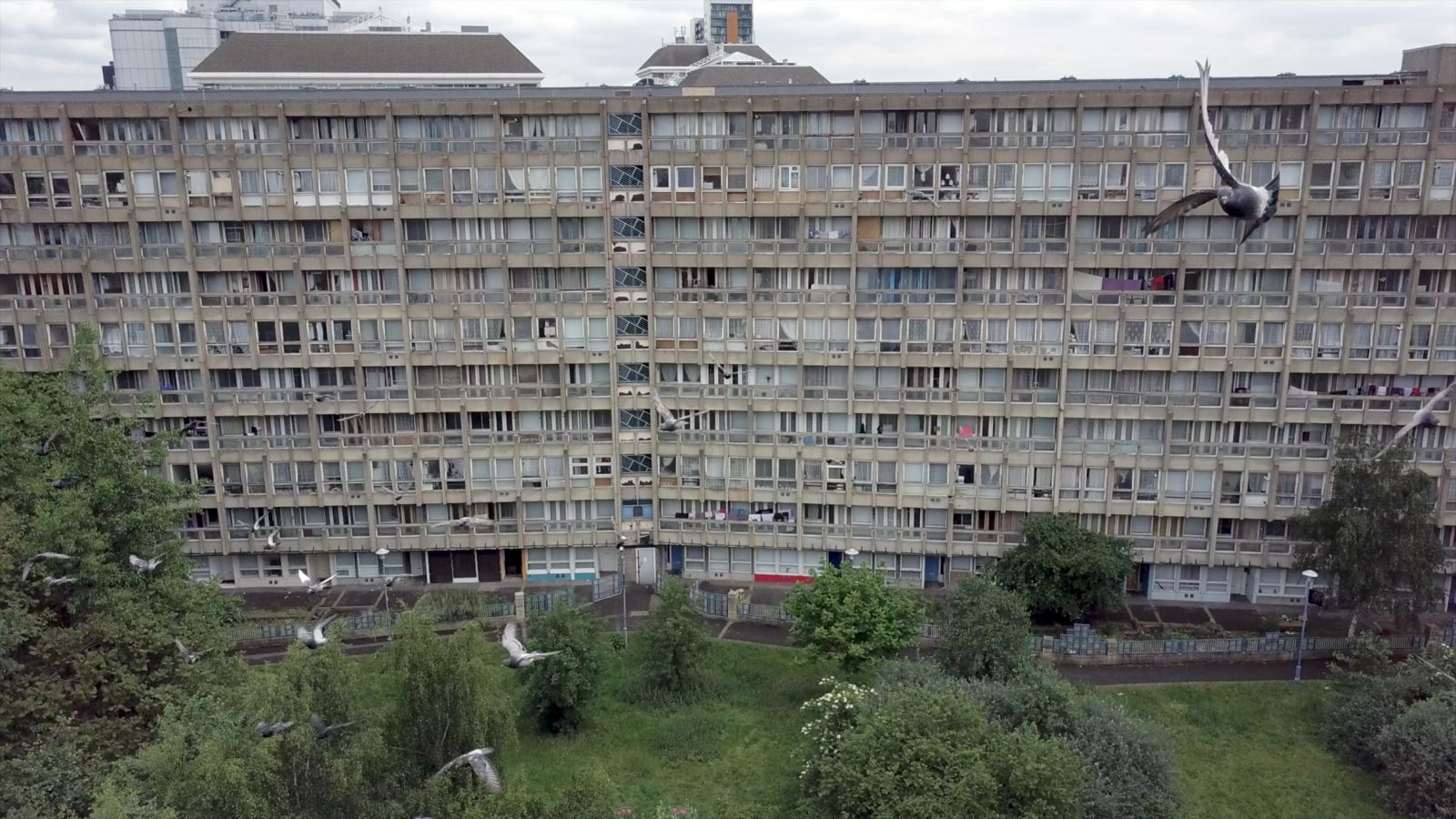Robin Hood Gardens
Architects: Alison & Peter Smithson
Year of completion: 1972
Location: London, United Kingdom
Demolished: 2017-2019
Latest update 12 December 2019
Robin Hood Gardens
Robin Hood Gardens is a residential estate in Poplar, London, designed in the late 1960s by architects Alison and Peter Smithson and completed in 1972. It was built as a council housing estate with homes spread across 'streets in the sky': social housing characterised by broad aerial walkways in long concrete blocks, much like the Park Hill estate in Sheffield; it was informed by, and a reaction against, Le Corbusier's Unité d'Habitation. The estate was built by the Greater London Council, but subsequently the London Borough of Tower Hamlets became the landlord.
The scheme, the first major housing scheme built by the Smithsons, consisted of two blocks, one of 10 and one of seven storeys; it embodied ideas first published in their failed attempt to win the contract to build the Golden Lane Estate.
A redevelopment scheme, known as Blackwall Reach, involves the demolition of Robin Hood Gardens as part of a wider local regeneration project that was approved in 2012. An attempt supported by a number of notable architects to head off redevelopment by securing listed status for the estate was rejected by the government in 2009. The demolition of the western block began in December 2017. The eastern block, which is still inhabited by tenants, is to be demolished later. The site will contain 1,575 residences.
Part of the building has been preserved by the Victoria and Albert Museum and was presented at the Venice Architecture Biennale in 2018.
Source: Wikipedia
Dezeen, 13 December 2017
Exclusive Dezeen footage reveals demolition of Robin Hood Gardens.
The Architectural Review. 10 November 2014
Robin Hood Gardens: Requiem For A Dream
Dezeen. 15 June 2017
Drone footage captures brutalist Robin Hood Gardens ahead of imminent demolition.
Robin Hood Gardens
Alison & Peter Smithson
1972, United Kingdom
